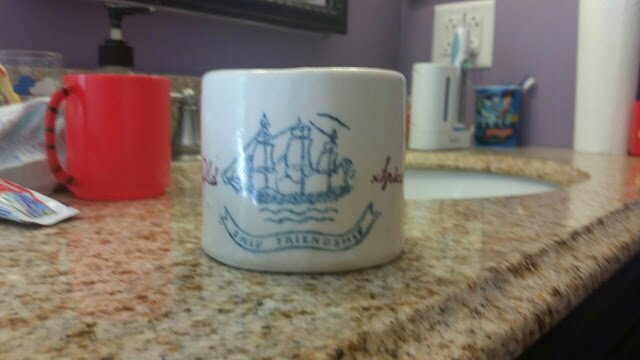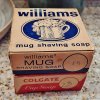- Thread starter
- #61
It was common for a man to have one, or at most, a couple of shaving mugs during the transition to the 1950s, as these were subject to breakage, or commonly passed down from father to son to continue a shaving tradition. Having more was seen as excessive and wasteful, as this was the time immediately following the austerity of the Great Depression. Promotional mugs such as an Old Spice shaving soap mug were quite popular and relatively inexpensive. Another desirable shaving soap mug of thist ype was one offered by Alfred D. McKelvy, who quit his advertising career and started making mens toiletries from his garage. Seaforth, named after the famous Seaforth Highlanders of Vancouver, became the brand name of the Alfred D. McKelvy Company, which he founded in 1939. His was the first North American company to exclusively target men, and was purchased by Vicks in 1942. A waterslide decal advertised its contents on the earlier mugs- look for mugs which have the Seaforth decal intact. As the decal wore off under use, it was common to scratch it off altogether. Mug production was commissioned by McKelvy using the famous McCoy Pottery of Roseville, Ohio. The McCoy makers mark appears as a squared-off USA stamping, closely inset within a rectangular block. They were well finished, and slightly smaller than the earthenware Hull Old Spice mug- three inches tall, and a diameter of three and one-quarter inches. The depth of both mugs was shallow, making them well suited for swirling lather with a shaving brush. It appears that McCoy continued to produce a shaving soap mug similar to the one used by McKelvy, which was much coarser in glaze finish and somewhat utilitarian in its appearance. God Bless! Tony Brown RN mgbbrown











































